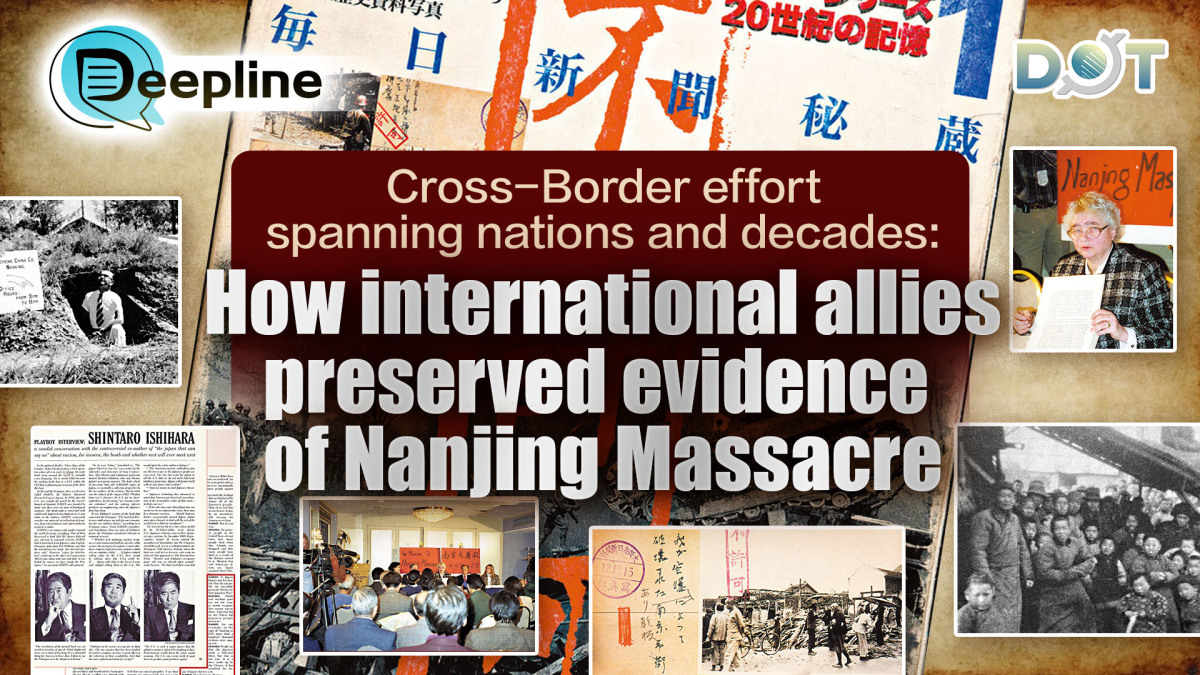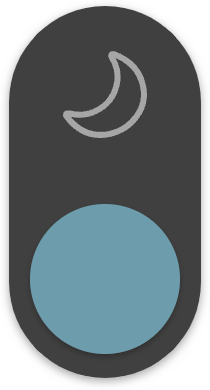
In December 1937, the shadow of bloodshed—massacre, rape, arson, and plunder—descended upon the entire city of Nanjing with the advance of the Japanese military. To cover up their crimes, the Japanese army strictly controlled news and public opinion, censoring the reports and photographs of embedded journalists; they locked the scenes, restricting the movements of foreigners; they obstructed the rescue and investigation efforts of the International Red Cross—all in an attempt to bury the truth forever in history.
What they did not expect was that, during the darkest hours, fearless Chinese and foreign defenders of justice and witnesses of conscience risked their lives to record the atrocities of the Japanese army stroke by stroke on paper and frame by frame on film. Transcending national boundaries and time, they carried out a relay effort to complete the lengthy process of recording, concealing, preserving, searching for, and ultimately revealing the truth.
Earlier this year, a Wen Wei Po reporter received a batch of historical materials, weighing 9.4 kilograms and forgotten for nearly 30 years. Through tracing and examining their origins, the historical process of how the Diary of John Rabe was recorded and later discovered and made public was reconstructed.
These materials were collected by Chinese-American historian Wu Zhangquan, documenting the efforts of the alliance in the 1990s to pursue ironclad evidence of the Nanjing Massacre and refute denials by Japanese right-wing forces. Among them, the content regarding the unveiling of the Diary of John Rabe in New York in 1996 is the most complete.
The Diary is a day-by-day account by John Rabe during the Nanjing Massacre (September 1937 to February 1938). It is the only surviving comprehensive wartime record from the perspective of a Western eyewitness that systematically exposes the war crimes committed by the Japanese army in Nanjing, including the massacre of civilians, rape of women, arson, and robbery. The diary is accompanied by hundreds of on-site photographs and hand-drawn sketches, constituting irrefutable evidence of the atrocities committed by the Japanese invading forces in Nanjing. It also forced Western societies to re-examine the long-overlooked atrocities in the Asian theater during World War II.
Shocking the World
On the afternoon of December 12, 1996, the InterContinental Hotel in Manhattan, New York, was filled with journalists and academics from around the world. Ursula Reinhardt, the 65-year-old granddaughter of John Rabe, who had traveled from Berlin to New York, presented her grandfather's wartime diary to journalists from various countries.
In late August this year, Shao Ziping, the 89-year-old founding president of the alliance, recalled the spectacle of that time: "Journalists flocked to cover the event—from the U.S., Canada, including all major newspapers from Japan and Korea." He said, "A journalist from Deutsche Presse-Agentur even complained to me, 'Why didn't you tell me about this earlier? It concerns us Germans; we could have helped you investigate in Germany.'"
In late November 1996, Shao gradually received packages from Germany. "The Diary of John Rabe, comprising 2,117 pages of text and over 60 images, was copied page by page. They would print 500 pages and then mail a package to New York."
"I saw it and knew it was incredibly valuable!" After receiving over a thousand pages, Shao asked historical experts from Harvard University and Columbia University to authenticate the diary.
The facts were exactly as they had anticipated. On the day of the press conference, The New York Times published a first-hand report half a day early and continued with follow-up reports. They even specially translated excerpts of the Diary of John Rabe from German into English and serialized them in the newspaper. "They were full-page, very large spreads, and the impact was huge!" Shao recalled vividly. In addition, media outlets like Reuters and the Associated Press also reposted the report.
Right-Wing remarks by Ishihara Shintaro triggered search for evidence
This journey of seeking evidence can be traced back to 1990, when Ishihara Shintaro, then a Japanese Diet member and right-wing figure, claimed in an interview with American Playboy magazine that the Nanjing Massacre was a lie.
On December 26 of the same year, The New York Times published a full-page advertisement, openly soliciting ironclad evidence to refute the claim.
"He actually publicly stated that the Nanjing Massacre was a lie fabricated by the Chinese. So we crowdsourced funds to place an advertisement soliciting evidence of the Nanjing Massacre from around the world to counter him," Chen Xianzhong, the 86-year-old second president of the alliance, told Wen Wei Po. It was this advertisement that brought unexpected gains to the Alliance's pursuit of historical evidence of the Nanjing Massacre.
A few days later, the alliance received a copy of "My Eighty Years in China" written by George Ashmore Fitch, who served as the general secretary of the International Committee for the Nanjing Safety Zone in 1937.
Shao said that among the foreigners recorded in the book who protected refugees in Nanjing, John Rabe, who served as the chairman of the Nanjing Safety Zone and the International Committee, was particularly prominent. Additionally, in July 1991, while searching for the Magee film at the home of David Magee in New York, he came across materials related to Rabe. For this reason, Shao specifically went to Germany in 1993 to search for Rabe. "I checked the phone book in Berlin, made many calls, and found over 50 'Rabe's,' but none were the right one."
Breakthrough in the search for evidence came from Iris Chang
The historic breakthrough in the stalled search for Rabe's descendants came in December 1994, when Chinese-American writer Iris Chang contacted Shao to gather materials for her book "The Rape of Nanking: The Forgotten Holocaust."
"Chang was an outstanding investigative journalist," Shao said. "In April 1996, she found Mrs. Reinhardt, Rabe's granddaughter."
In September 1996, after returning to New York from Germany, Shao saw news in a Chinese-language newspaper about the discovery of Rabe's descendants. Upon inquiring, he learned that it was Chang who found them.
Shao immediately contacted her. "After finding Rabe's granddaughter through Chang, I asked my German classmate to persuade her, and we successfully convinced her to agree to make the Diary of John Rabe public," Shao recalled.
(Source: Wen Wei Po; English Editor: Darius)
Related News:
HK & WWII | Flames of resistance, ink of peace: Exhibiting the spirit of war of resistance




















Comment